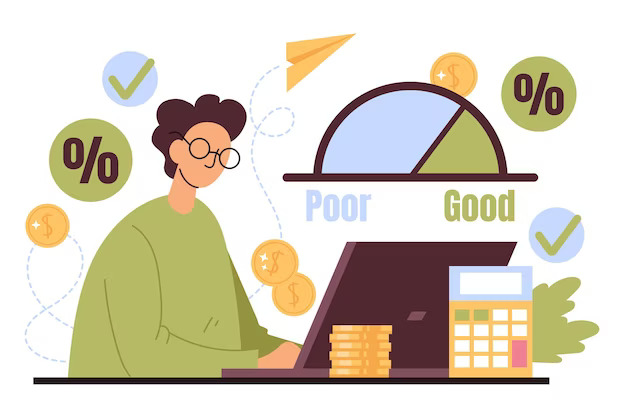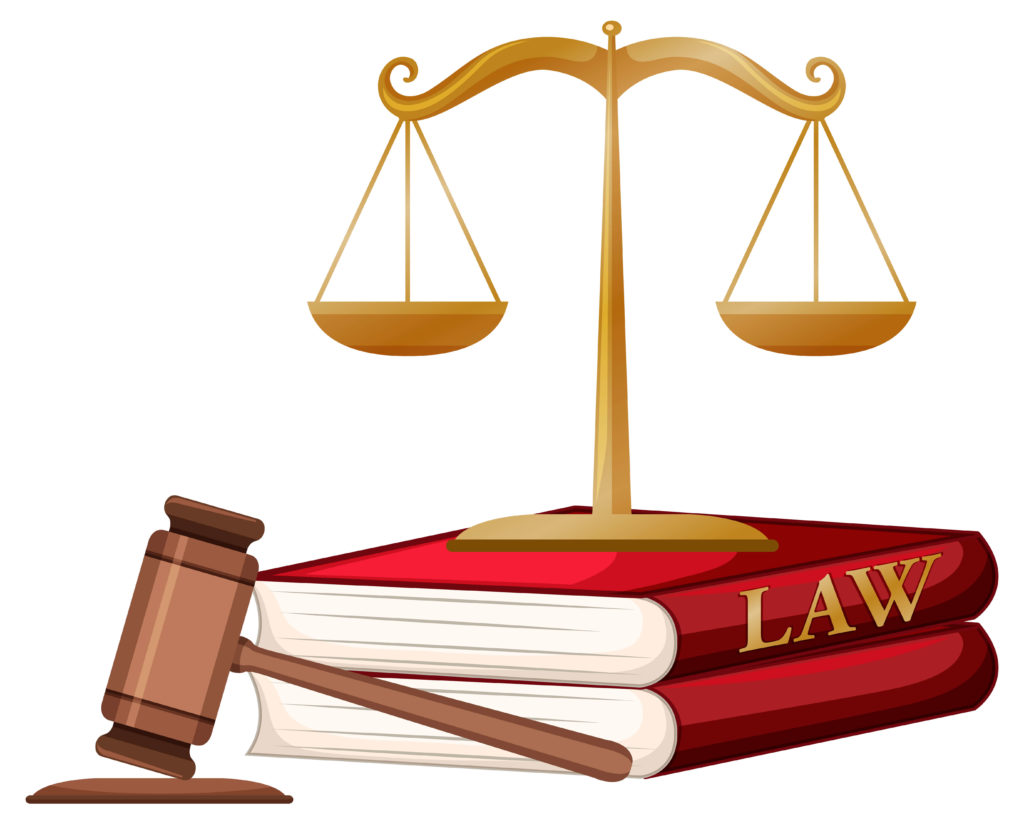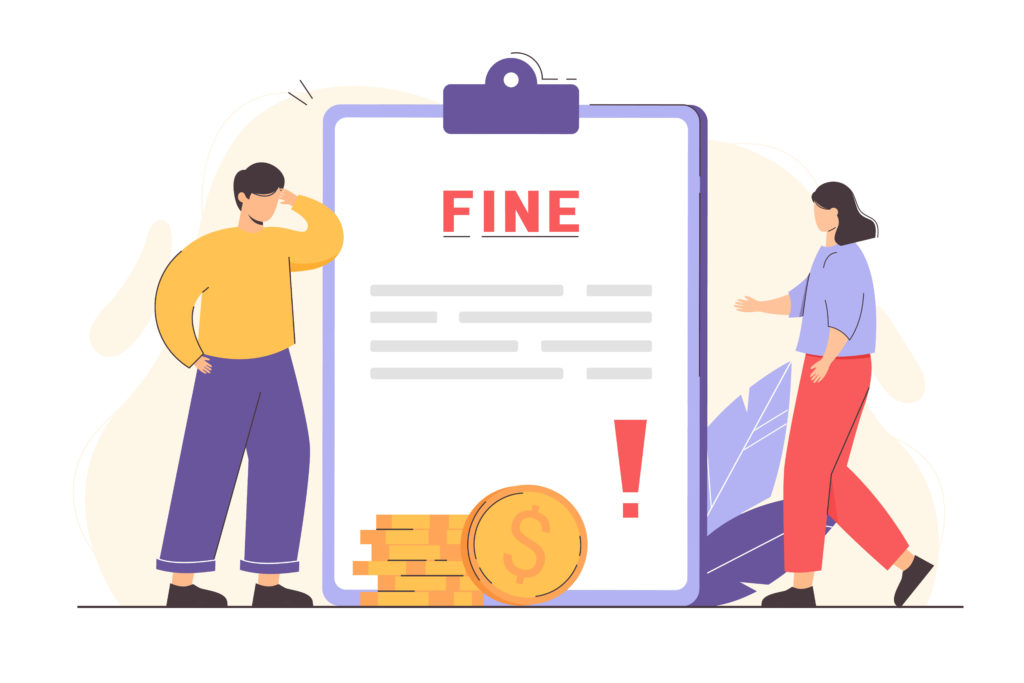Payday loans have become an increasingly popular financial tool for individuals in need of quick cash before their next paycheck. These short-term loans, typically for small amounts like $500, provide immediate financial assistance to those facing unexpected expenses. While they offer convenience, it’s crucial to understand the costs associated with payday loans.
Often, borrowers can be caught off guard by fees, interest rates, and other expenses, leading to further financial strain. Gaining a clear comprehension of these costs ensures that borrowers make informed decisions, maximizing the benefits of payday loans while minimizing potential pitfalls. This article delves deeper into what a $500 payday loan could cost and the factors to consider before requesting one.
What Is a Payday Loan?
A payday loan, fundamentally, is a short-term, uncollateralized loan intended to cover the financial interval between salary payments. Characterized by its relatively small loan amount and short repayment terms, it’s primarily used by borrowers facing immediate financial needs, be it an unexpected medical bill or urgent utility payments. Unlike traditional bank loans, which usually require a more thorough credit check and a longer approval process, payday loans prioritize speed and accessibility.
This swift turnaround is a double-edged sword: while it ensures that funds are available promptly for emergencies, the convenience can sometimes come at a higher cost. Differentiating between these two kinds of loans is vital, as their characteristics and consequences can vary considerably. Knowing when to use a payday loan and understanding its costs can lead to more informed financial choices.
Why Are Payday Loans Often Pricey?
Payday loans, especially those tailored for individuals with a bad credit score, tend to carry a higher price tag compared to mainstream financial tools like credit cards. The allure of these so-called ‘unsecured loans’ often lies in their easy accessibility and speedy approval, catering to immediate needs like urgent house repairs, car maintenance, or last-minute rent payments. While online platforms offer a variety of loan options and amounts to fit diverse circumstances, it’s vital to approach them judiciously.
The convenience of these loans can be tempting, but the costs can quickly mount if borrowers become reliant on multiple loans, delay repayments, or resort to rollovers, commonly referred to as “top-ups.” The amount borrowed, even for smaller sums like a $500 payday loan, directly influences the ease of repayment. Hence, it’s paramount to evaluate one’s financial capacity and strategize repayment to avoid sinking into a detrimental debt cycle.
When considering such loans, always factor in your monthly income and anticipated expenses. While they can serve as a lifeline in crunch times, careful planning and timely repayments are essential to ensure they don’t become financial shackles.
How Much Would a $500 Payday Loan Cost? Fees and Sample Computation
Navigating the financial landscape of payday loans requires clarity and precision, especially when trying to discern the actual cost of borrowing. With these loans, the numbers can sometimes be deceiving. While a $500 payday loan might seem straightforward, its cost isn’t just the principal amount.
Numerous factors, including interest rates, fees, and repayment terms, play a role in determining the final amount you’ll owe. Armed with this knowledge, borrowers can make more informed decisions, ensuring they secure the best terms while avoiding unforeseen costs.
Interest Rates
In the financial landscape of payday loans, the Annual Percentage Rate (APR) is a crucial figure representing the annual cost of borrowing.
The APR for these loans can vary widely, ranging between 5.99% to 35.99%. This range is influenced by various factors such as the borrower’s creditworthiness, the payday lender’s specific requirements, the state of residence, and the type and term of the loan in question.
Fees
An integral part of the payday loan cost structure is the additional fees that come alongside interest rates.
Here’s a representative example to clarify: If you borrow $5,000, and the loan has an 8% origination fee ($400), your upfront cost just from this fee would be $400. This example could similarly apply to smaller amounts like a $255 loan.
Using this as a foundation, some of the standard fees associated include:
- Origination Fee: As illustrated above, this is an upfront fee charged by lenders for processing the loan application and disbursing the loan amount.
- Late Fees: If payments are delayed or missed, lenders may impose late fees. It’s essential to consult the loan agreement for specifics on such charges.
- Non-Payment Fees: Extended non-payment of a loan might also lead to non-payment fees. As always, refer to the specific terms in your loan agreement for details.
Total Cost Calculations
To better grasp the total cost of a payday loan, let’s consider the same hypothetical scenario:
Imagine you take out a $500 payday loan. If the loan comes with an origination fee of 8% (i.e., $40) and an APR of 19.25% over a 12-month term, the monthly repayment can be deduced. However, the exact figures will ultimately depend on the specific payday loan repayment terms as stipulated by the lender.
At Loan For Success, we specialize in streamlining the process of acquiring payday loans, showcasing the best Annual Percentage Rates (APR), and connecting you with the right lenders, all within one business day. Our ten years of expertise in the financial market allow us to make this complex process simple for you.
Factors Influencing the Cost
When considering online loans, it’s essential to understand the diverse factors that can influence their cost. Beyond the principal amount and interest rate, other variables can increase or decrease the overall cost. Here, we’ll explore three of those key elements.
Loan Duration
The duration of your loan amount significantly affects the total cost. Loans with shorter terms usually come with greater monthly installments, yet they lead to less interest being paid throughout the loan.
Conversely, longer loan terms might offer the convenience of smaller monthly payments, but they could accrue more interest in the long run. For example, a $500 payday loan over three months might end up costing less in total interest than the same loan stretched over six months, given the same interest rate.
Repayment Frequency
The frequency of your repayments can also affect the total cost of the loan. Various repayment schedules exist:
- Weekly: Ideal for individuals who receive weekly wages. This can reduce the interest amount since you’re paying off the loan quicker than monthly schedules.
- Bi-weekly: This schedule corresponds with individuals who receive their pay every two weeks. It can be a middle ground between weekly and monthly payments.
- Monthly: Most traditional for personal loans and some payday lenders. While it might seem easier, the interest has a longer time to accumulate, potentially increasing the cost if the interest rates are high.
Credit Score
Your credit score is a crucial factor in defining the interest rate you’re granted. Lenders typically offer better rates to borrowers with higher credit scores, as they are considered less of a risk. On the other hand, if you have a poor credit score or bad credit, lenders might charge higher interest rates to offset the perceived risk.
This can make products like bad credit loans pricier than their counterparts designed for those with good or bad credit scores. To ensure you’re getting the best rate, always check your credit history and understand where you stand with the major credit bureaus before submitting a loan request.
In conclusion, while the initial loan request form might offer an overview of the costs, understanding these influencing factors can help borrowers anticipate the real-world implications of their loan agreement.
How Fast Can I Get a $500 Payday Loan?
In today’s digital era, obtaining a $500 payday loan fast cash back has become more streamlined than ever, especially with the rise of online lenders and loan connecting services like Loan For Success. But how quickly can you secure these funds? It may take less than a day to a few days, depending on certain factors.
Let’s dive into the factors that determine the speed of loan approval and disbursement.
- Online Form Submission: Most payday lenders now offer an online form on their websites. By filling out these forms with accurate information, you can speed up the process. At Loan For Success, you can make the loan request process straightforward. The time taken to fill out the form varies but is generally quick.
- Credit Check: Some loan lenders, especially direct lenders, may conduct a credit check before approving the loan. This check can influence the approval speed. While some lenders offer bad credit loans without extensive credit checks, others might take more time to analyze your credit history and credit score.
- Bank Account Verification: Once your loan request is approved, the loan amount will typically be directly deposited by the direct lender into your bank account. This process can be instant for some lenders, but others might take up to one business day. Having an active checking account can expedite this step.
- State Laws: The speed at which you receive your loan might also be influenced by state laws regulating payday loans. Some states might have caps on loan amounts or require additional documentation, which can add some time to the process.
- Traditional vs. Online Lenders: Traditional lenders like banks or credit unions might have a longer processing time compared to specialized online or unpaid payday loans or lenders. The latter often have systems optimized for faster loan disbursements.
To summarize, while getting a $500 payday loan can be quick — within the same day of loan application at Loan For Success — it’s essential to remember that the actual time frame can vary based on several factors. For those facing emergency expenses or medical bills, ensuring all your documentation is in order and opting for efficient online loan services can be the key to receiving funds promptly.
State Laws Governing Payday Loans
Payday loans, small in nature, are governed primarily by state regulations. Historically, states set interest rate caps for these loans between 24 and 48 percent annually, often mandating structured installment repayments. To protect consumers, several states have enacted criminal usury laws.
However, some states have circumvented these protections by either deregulating small loans or specifically exempting the loans from these regulations. This exemption often leads to loan costs having triple-digit interest rates that are expected to be settled by the next payday.
Sixteen states, along with the District of Columbia, have implemented measures to limit excessively high payday lending rates. Examples include Georgia, which utilizes racketeering laws to counter payday loans, and both New York and New Jersey, which have capped their loan interest rates at 25 and 30 percent, respectively. Other states like New Hampshire and Colorado have voter-backed initiatives that capped rates at 36 percent annually.
On the other end of the spectrum, 31 states have granted the green light to high-cost payday lending. These include states like Alabama, Florida, and California. A unique case in Ohio, where, despite a ballot vote in 2008 capping rates, the industry switched gears to operate under other laws, a move validated by courts and left unchecked by the state’s legislature.
In a few instances, states have taken measures to balance accessibility with protection. Maine, Oregon, and New Mexico offer pay-day loans but have put checks in place, whether it’s interest rate caps or structured repayments, to prevent severe debt traps.
Consequences of Missing Your Payday Loan Repayment
The repercussions of missing a payday loan repayment can be severe, primarily due to the short-term nature and high-interest rates of these loans:
- Late Repayment Fees: Missing the due date might result in late repayment fees, increasing the total cost of your loan.
- Higher Interest Accumulation: The outstanding loan might accrue interest at a faster rate, making it even more challenging to pay back.
- Credit Score Impact: Not adhering to loan terms and missing repayments can negatively affect your credit score, making it harder to secure loans in the future.
- Debt Collection: Payday lenders may use debt collection agencies to recover unpaid loans, leading to persistent calls and potential legal action.
Are Payday Loans a Good Idea?
Payday loans have undoubtedly carved a niche in the financial landscape, offering a lifeline when traditional avenues might falter. Their speedy approval process ensures rapid financial relief, ideal for unexpected expenses. Catering to a broad spectrum, payday loans don’t discriminate based on credit scores, making them a democratic financial solution.
Their short-term structure is designed to prevent long-term financial entanglements, enabling a swift return to financial independence. When approached judiciously, they can be a strategic tool in one’s financial arsenal.
Equip yourself with the knowledge to navigate payday loans responsibly and leverage their benefits. Start your journey with Loan For Success now.
Potential Risks Associated with Payday Loans
While pay-day loans offer a quick solution for immediate financial needs, they come with potential pitfalls:
- Debt Cycle: Due to high-interest rates and fees to fund loans, borrowers might find themselves taking out more payday loans to repay existing ones, trapping them in a cycle of debt.
- High Costs: As compared to other financial assistance methods like personal loans or credit union loans, payday loans can be more expensive.
- Impact on Credit: Bad credit payday loans might seem tempting, but consistently relying on them and missing payments can harm one’s credit history.
- Predatory Lending: Not all payday lenders operate within the bounds of state laws, with some charging hidden fees or misleading borrowers.
To navigate the world of payday loans effectively, being aware of state regulations and understanding the inherent risks is crucial. Always assess your capacity to make repayments and investigate all available loan alternatives before settling on a decision.
Tips to Manage and Repay Your Payday Loan Efficiently
Managing the repayment of payday loans requires strategy and foresight. With the right approach, you can efficiently manage and settle your loan, alleviating financial stress. Let’s uncover the best practices to keep you on track.
1. Plan Repayments
One of the most effective ways to manage your payday loan is by diligently planning your repayments. Start by understanding your cash inflow and outflow. Create a budget, considering all your expenses, and set aside a specific amount each month to service your loan. By taking this approach, you can make certain that the required funds are accessible when your payment is due.
2. Monitor and Review Loan Terms
Stay informed about the terms of your loan. Regularly review interest rates, tenure, and any other associated terms. By actively monitoring these details, you’re less likely to encounter any surprises. Should you identify any discrepancies or have concerns about your loan, reach out to your lender immediately for clarification.
3. Steer Clear of Additional Fees
Avoiding extra fees is crucial in ensuring that your payday loan does not become more expensive than it should be. Here are some recommendations:
- Timely Payments: Ensure that you make your payments on the due date. Late payments often attract hefty penalties.
- Avoid Rollovers: If you’re unable to repay the loan by its due date, some lenders might offer a rollover or an extension. While this may seem helpful, it usually comes with additional fees and increased interest. Avoid rollovers whenever possible.
- Stay Informed: Always read any communication from your lender. They may notify you of any changes to your loan terms or inform you of upcoming payments. Being in the loop can help you avoid unexpected fees.
Conclusion
In the intricate realm of financial lending, comprehending the real cost of payday loans is essential. These emergency loans, though a lifeline in times of crisis, come with associated costs that must be thoroughly comprehended. Being informed is your strongest defense against potential pitfalls and unforeseen debt accumulations.
As with any financial commitment, knowledge, and careful planning are the cornerstones of wise decision-making. Remember, while payday loans offer immediate relief, it’s the long-term implications that often carry weight.
Use Loan For Success to find the best loan interest rates provided by our wide network of lenders!
FAQs
How much does a payday loan company charge?
The cost of a payday loan varies significantly from one company to another and depends on state regulations. Typically, lenders charge a fee based on the amount borrowed, ranging from $15 to $30 for every $100 borrowed. So, for a $500 payday loan costs you, the fee might be anywhere from $50 to $150. Additionally, the Annual Percentage Rate (APR) for payday loans can exceed 400%, but again, rates vary depending on the state and the lender.
What app will let me borrow $500?
There are several mobile apps in the market that offer short-term loans or payday advances. Some popular apps include Earnin, Dave, and Brigit, among others. However, eligibility criteria, fees, and repayment terms vary across apps. Always read user reviews and understand terms before borrowing cash advances.
What’s the most you can borrow from a payday loan?
The highest sum you can obtain from a payday loan is primarily influenced by the regulations of your state. In some states, the limit might be $500, while others allow loans up to $35,000 or more. However, lenders also consider the borrower’s income level and repayment ability, which may further influence the maximum amount offered. It’s crucial to check both state laws and individual lender policies before applying.










